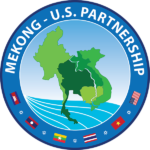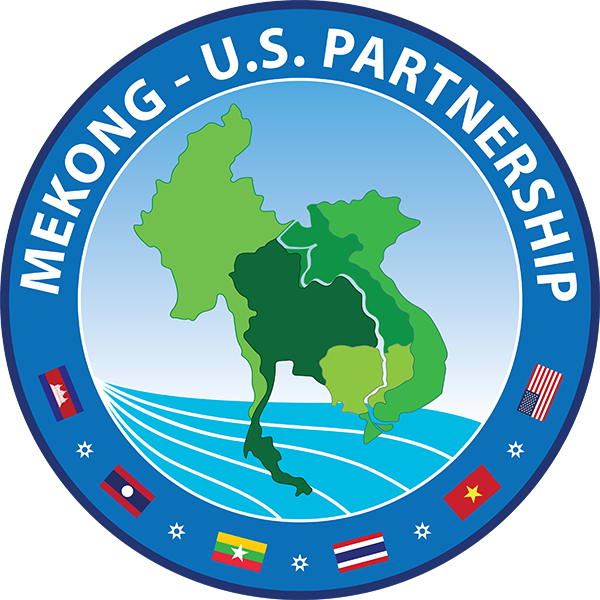With support from USAID Adapt Asia-Pacific, Cambodia’s Ministry of Rural Development recently helped 10 rural villages in Banteay Meanchey province to improve the resilience of their vital fresh water supply. Past events have demonstrated that communities located on the Tonle Sap flood plain are particularly vulnerable to the increased flooding predicted to occur as a result of climate change.
The projected increases in wet season rainfall are expected to intensify dike erosion of community water supply ponds, decreasing both water quantity and quality as a result of increased soil contamination of the pond and the water it holds. To protect the dikes from erosion, the ministry implemented an adaptation measure recommended by USAID Adapt Asia-Pacific, protecting the ponds by installing geotextile liners that stabilize the exposed edges of the ponds.
This recommendation and others are the result of a thorough vulnerability and adaptation assessment conducted by USAID Adapt Asia-Pacific, in close partnership with the Ministry of Rural Development and the Asian Development Bank. “[The assessment and recommendations] have helped us to understand specifically how climate change will impact the ponds and what we can do about it,” says Mr. Nuon Pichnimith, deputy director of the ministry’s rural water supply department.
The assessment resulted in a number of recommended measures that can be undertaken to adapt the community ponds to the expected negative impacts of climate change, in order to improve both water supply and quality to villages throughout the dry, wet and transitional seasons.
Source: USAID/RDMA Regional Environment Office Weekly Update
 Mekong - U.S. Partnership
Mekong - U.S. Partnership


